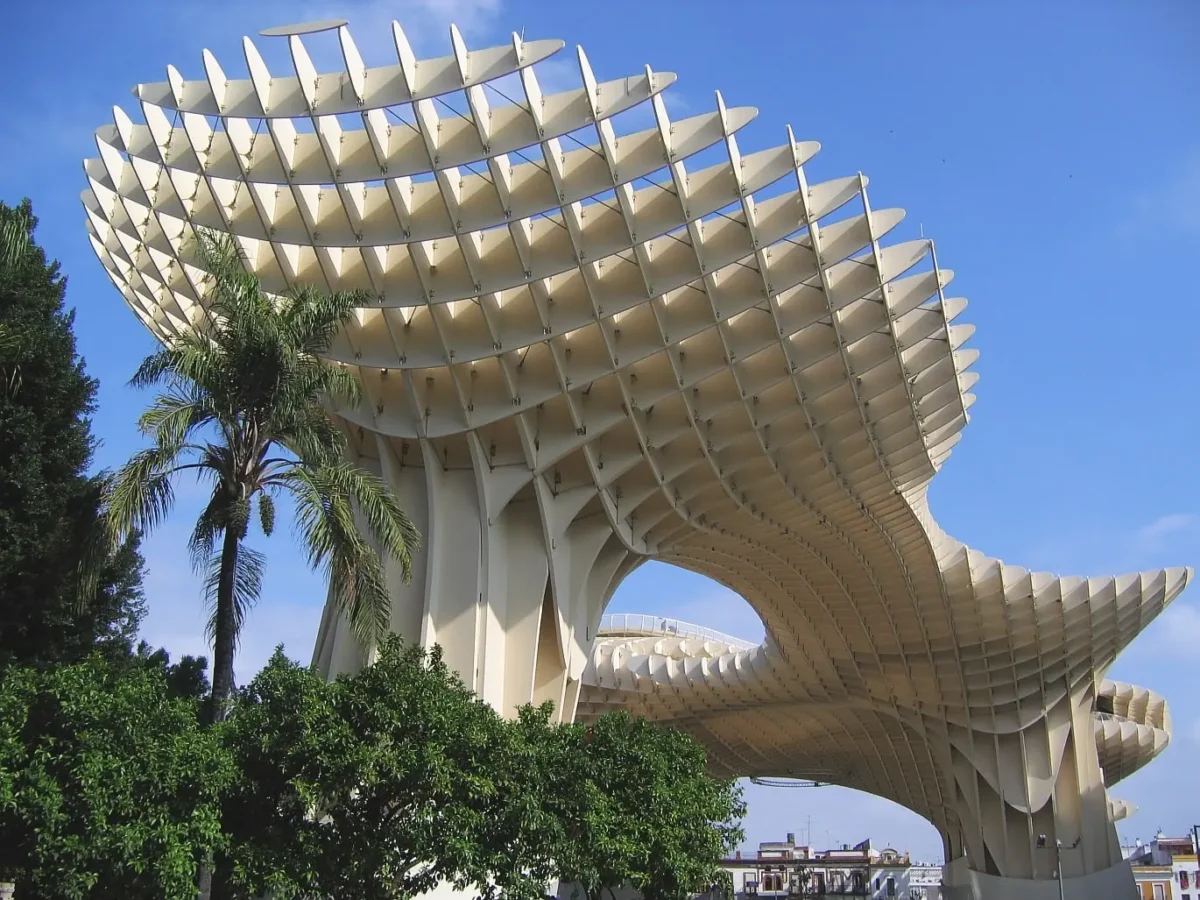A COST network’s findings on innovations in timber construction are being used to update European building standards for this climate-friendly material. Collaboration between researchers and industry participants is fostering wider use of wood-based building.
The COST Action ‘Basis of Structural Timber Design – from research to standards’ published comprehensive scientific evidence and harmonised construction methods for recent novelties in timber-based construction. It did so in four reports, on design basics, cross-laminated timber, connections and timber concrete composite structures. A special edition of the scientific journal Engineering Structures summarised further evidence in 21 articles by network participants.
These publications are being used to update Eurocode 5, the European standard for the design of timber structures, as part of a general revision. Action members came from 31 countries, 27 in the EU.
“We created a shared understanding of how to use these products. This is crucial for the acceptance of the revised standard,” says its Chair, Dr-Ing. Philipp Dietsch of the Technische Universitaet Muenchen in Germany.
The update could make new types of timber structures possible, such as high-rise buildings, Dietsch explains. The last revision of the standards was 20 years ago. Since then, the sector has seen a raft of innovations, including cross-laminated timber, novel screwed connections and timber concrete composites.
“They have to become part of standards so engineers and companies can use them. This was a ‘now or never’ chance for this Action,” says Dietsch.
Climate-friendly construction
Part of the urgency is that the EU has ambitious targets to reduce carbon emissions by 40 % of 1990 levels by 2030 and by 80-95 % by 2050. Construction produces over a third of the EU’s CO2 emissions. As a store of CO2 and using less CO2-intensive material than concrete and steel, timber buildings can help to reduce these emissions.
“Climate change means that interest in timber engineering is on the rise. We don’t have time to duplicate research,” says Dietsch.
With 30 % of participants from timber construction industries, this Action has created a community that can more efficiently promote and improve construction with wood.
Already, the network has led to seven new projects, including two funded by the European Commission’s H2020 programme. These include INCEPTION and PRO-GET-ONE. Additionally, three early-stage researchers have found positions in universities through the network.
Leadership of the network has also sparked a new stage in Dietsch’s career. In 2019, he became Chair of a professional body INTER, the International Network on Timber Engineering Research.
